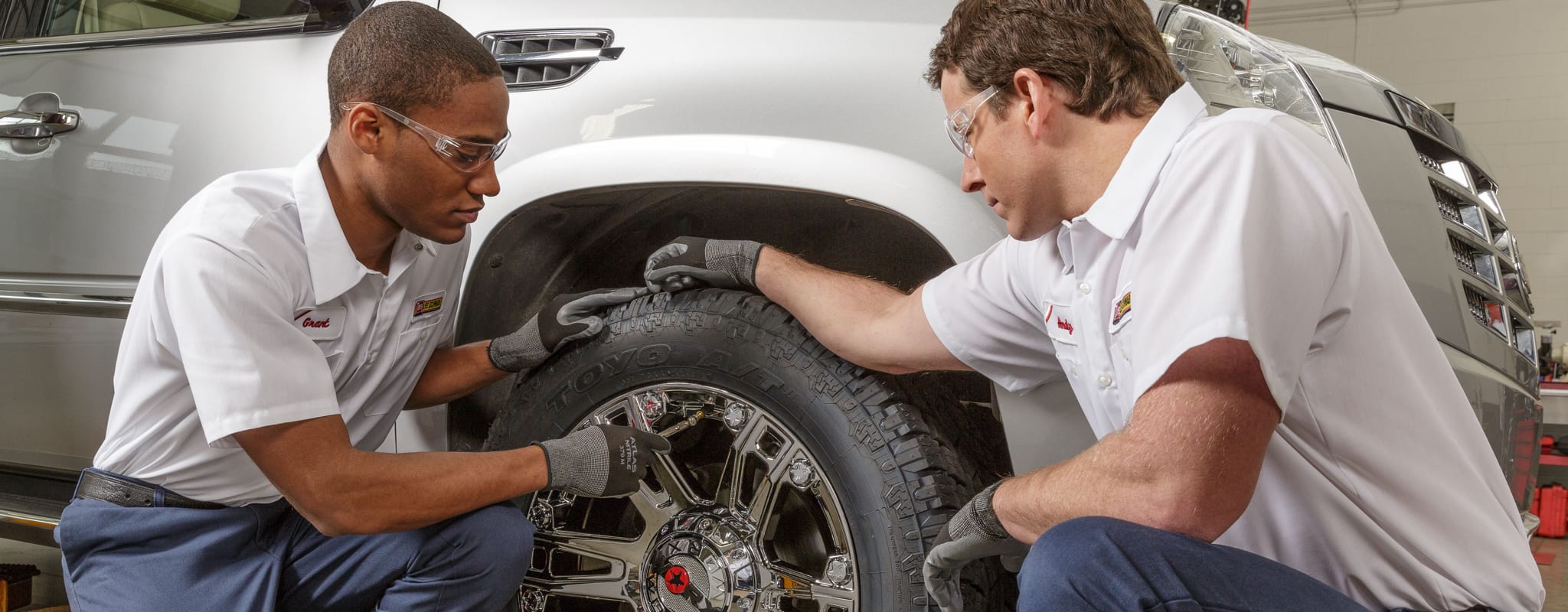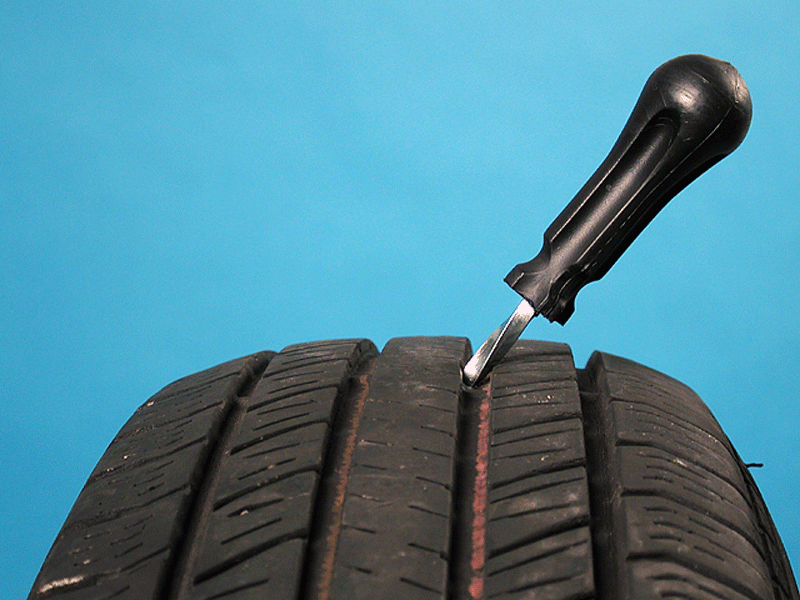The Ultimate Tire Repair Service Checklist for Safety and Cost Savings
Preserving optimal tire problems is an essential element of making certain security on the roadway and taking full advantage of cost-efficiency in the long run. From tire stress to tread depth, each component plays a vital function in the general efficiency of your vehicle.
Significance of Tire Upkeep
Routine tire upkeep is important for making certain vehicle safety and prolonging the life-span of your tires. Furthermore, turning your tires at suggested intervals advertises also walk wear, leading to a longer life expectancy for your tires and better handling of your lorry.
Furthermore, regular tire assessments can assist recognize possible problems such as slits, cuts, or protrudes, which if left unattended, could result in tire failing. morris tire. Correct positioning and harmonizing contribute to a smoother trip, boosted fuel efficiency, and prevention of uneven tire wear. To conclude, prioritizing tire upkeep not only guarantees your safety and security when traveling however likewise conserves you cash by extending the life of your tires and preventing expensive repair services or replacements
Monitoring Tire Stress
To examine tire stress, make use of a tire stress scale to determine the air pressure in each tire, consisting of the extra. It is recommended to check tire stress when the tires are cool, as driving heats the tires and increases stress analyses. By maintaining correct tire stress, you not only ensure your safety but also prolong the life expectancy of your tires and optimize gas economic climate.
Checking Tread Deepness
To ensure ideal safety and efficiency of your vehicle, a vital facet of tire maintenance involves evaluating the tread deepness frequently. The step on your tires additional resources plays an important role in maintaining grip on the road, especially in damp or slippery problems - discount tires morris il. Not enough tread deepness can result in lowered hold, longer braking distances, and an enhanced risk of hydroplaning
Most new tires have a tread depth of around 10/32 to 11/32 of an inch. The minimal legal walk depth restriction is 2/32 of an inch in most states, but for enhanced safety, it is suggested to replace tires prior to they reach this limit.

On a regular basis examining your walk depth and replacing tires when necessary will not just improve your safety and security when driving yet also add to cost savings by enhancing gas effectiveness and expanding the life-span of your tires.
Identifying Tire Damage
Evaluating your tires for indicators of why not find out more damage is crucial for preserving road safety and preventing possible dangers. When inspecting your tires, look out for cuts, leaks, protrudes, cracks, and any other irregularities on the tread or sidewall.

Increasing Tire Life-span
To expand the life expectancy of your tires, begin by ensuring they are correctly pumped up according to the maker's suggestions. Furthermore, rotate your tires routinely to promote also walk wear. Frequently evaluate your tires for indicators of damages, leaks, or uneven wear, and attend to any type of issues promptly to prevent more damage.

Final Thought
To conclude, regular tire maintenance is vital for ensuring safety and security and saving money in the long run. By inspecting tire pressure, inspecting tread deepness, identifying tire damage, and extending tire lifespan, motorists can prevent mishaps and expensive repairs. Focusing on tire upkeep is a simple yet effective means to stay safe on try this out the road and stay clear of unnecessary expenses.